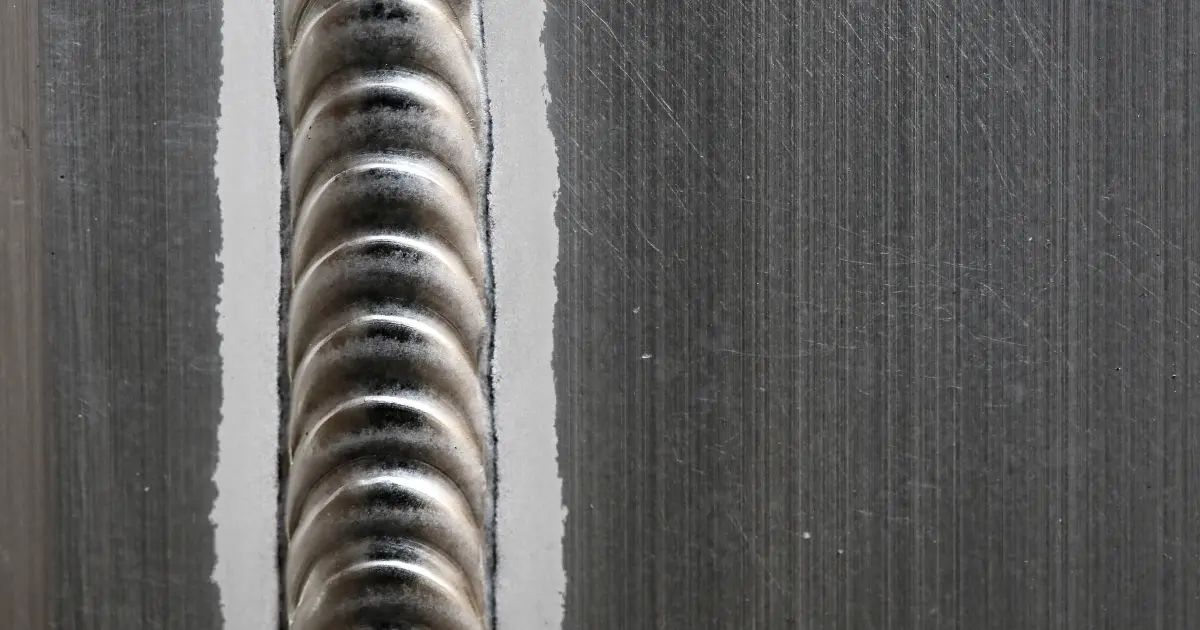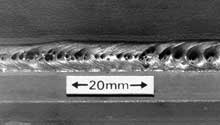What is Porosity in Welding: Understanding Its Reasons and Enhancing Your Abilities
What is Porosity in Welding: Understanding Its Reasons and Enhancing Your Abilities
Blog Article
Understanding Porosity in Welding: Discovering Causes, Results, and Prevention Techniques
As specialists in the welding sector are well mindful, recognizing the reasons, effects, and prevention methods connected to porosity is essential for achieving robust and dependable welds. By delving into the origin triggers of porosity, examining its detrimental results on weld quality, and checking out reliable prevention methods, welders can improve their understanding and abilities to produce top quality welds constantly.
Common Root Causes Of Porosity
Porosity in welding is mainly triggered by a combination of variables such as contamination, inappropriate securing, and inadequate gas coverage throughout the welding procedure. Contamination, in the kind of dust, grease, or corrosion on the welding surface, creates gas pockets when heated up, causing porosity in the weld. Incorrect protecting occurs when the shielding gas, commonly used in processes like MIG and TIG welding, is not able to completely safeguard the liquified weld pool from responding with the bordering air, causing gas entrapment and succeeding porosity. Furthermore, inadequate gas coverage, usually due to incorrect circulation rates or nozzle positioning, can leave parts of the weld unguarded, permitting porosity to form. These factors collectively contribute to the formation of gaps within the weld, weakening its integrity and possibly creating structural problems. Comprehending and addressing these usual reasons are vital actions in stopping porosity and guaranteeing the quality and strength of welded joints.
Effects on Weld Quality
The presence of porosity in a weld can dramatically compromise the total top quality and integrity of the bonded joint. Porosity within a weld produces voids or tooth cavities that weaken the framework, making it more vulnerable to splitting, deterioration, and mechanical failing. These voids act as stress and anxiety concentrators, minimizing the load-bearing capability of the weld and boosting the chance of early failure under used stress and anxiety. In addition, porosity can likewise act as possible websites for hydrogen entrapment, further worsening the deterioration of the weld's mechanical residential or commercial properties.
Furthermore, porosity can impede the performance of non-destructive testing (NDT) methods, making it challenging to identify other defects or interruptions within the weld. This can result in substantial safety problems, particularly in crucial applications where the architectural integrity of the bonded elements is critical.

Prevention Techniques Summary
Given the detrimental influence of porosity on weld top quality, effective avoidance techniques are vital to keeping the architectural stability of bonded joints. One of the key prevention techniques is extensive cleaning of the base materials prior to welding. Impurities such as oil, oil, corrosion, and moisture can add to porosity, so ensuring a clean work surface is necessary. Proper storage of welding consumables in dry conditions is additionally essential to avoid wetness absorption, which can bring about gas entrapment during welding. Furthermore, choosing the suitable welding specifications, such as voltage, current, and travel speed, can assist lessen the risk of porosity development. Ensuring ample protecting gas flow and insurance coverage is an additional important avoidance strategy, as inadequate gas coverage can result in atmospheric contamination and porosity. Finally, proper welder training and accreditation are crucial for executing safety nets efficiently and constantly. By including these avoidance strategies into welding techniques, the event of porosity can be dramatically lowered, leading to more powerful and extra trusted bonded joints.
Significance of Proper Protecting
Correct protecting in welding plays an important function in preventing climatic contamination and making sure the integrity of bonded joints. Shielding gases, such as argon, helium, or a mixture of both, are commonly used to protect the weld swimming pool from responding with components airborne like oxygen and nitrogen. When these reactive elements come right into call with the warm weld pool, they can trigger porosity, bring about weak welds with decreased mechanical buildings.

Poor securing can result in various flaws like porosity, spatter, and oxidation, jeopardizing the architectural honesty of the bonded joint. Sticking to appropriate shielding methods is important to produce premium welds with minimal flaws and guarantee the long life and reliability of the bonded components.
Monitoring and Control Techniques
How can welders successfully check and manage the welding process to make sure optimum outcomes and prevent go to this web-site flaws like porosity? One key approach is through using advanced tracking innovations. These can consist of real-time tracking systems that supply feedback on parameters such as voltage, existing, take a trip rate, and gas circulation prices. By continuously checking these variables, welders can identify variances from the optimal conditions and make instant adjustments to avoid porosity development.

Additionally, carrying out correct training programs for welders is necessary for keeping an eye on and managing the welding process effectively. What is Porosity. Informing welders on the relevance of maintaining consistent criteria, such as proper gas shielding and travel speed, can help prevent porosity problems. Routine assessments and accreditations can likewise make certain that welders are proficient in monitoring and controlling welding processes
Furthermore, making use of automated welding systems can enhance surveillance and control capacities. These systems can precisely manage welding specifications, decreasing the likelihood of human error and making sure regular weld top quality. By incorporating innovative tracking modern technologies, training programs, and automated systems, welders can successfully keep an eye on and manage the welding procedure to decrease porosity defects and achieve high-quality welds.
Verdict

Report this page